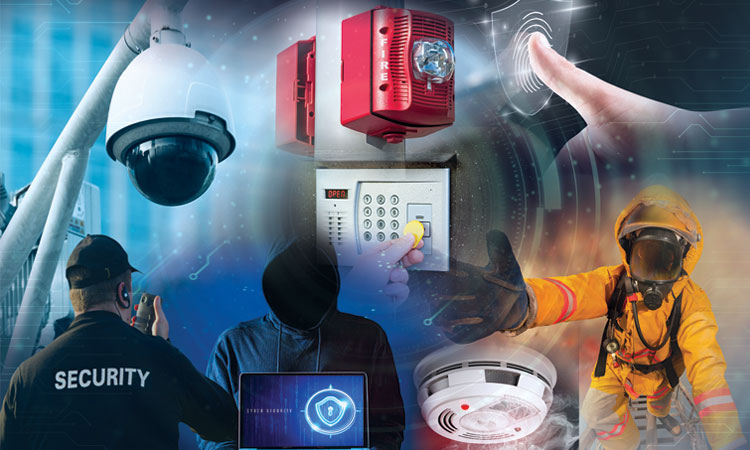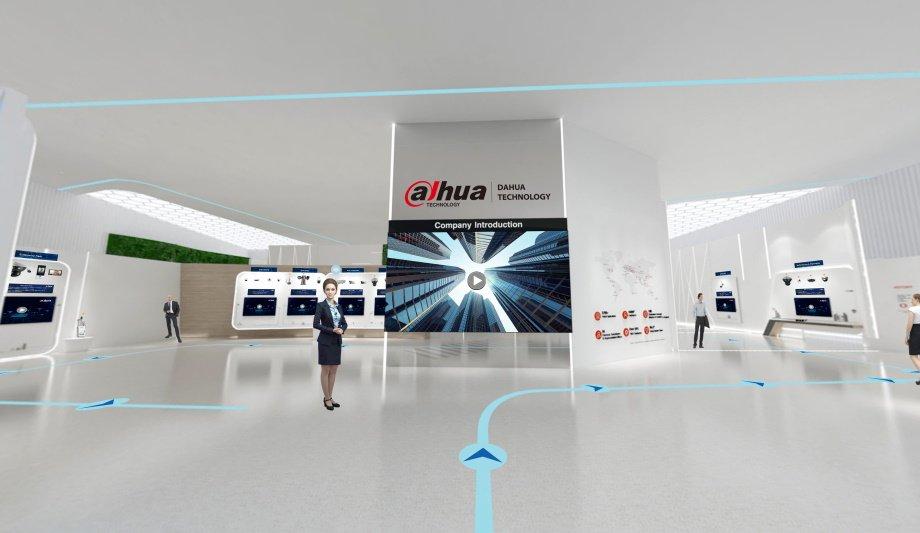Checking Out the Duty of Accessibility Control Equipment in Enhancing Safety And Security Devices Performance and Efficiency
Gain access to control systems are increasingly identified as important elements in the landscape of protection management, offering an organized method to control accessibility to delicate areas and information. Their capability to integrate with different safety modern technologies, such as surveillance cameras and alarm systems, dramatically enhances the overall effectiveness and effectiveness of safety procedures. Nonetheless, as companies navigate the complexities of implementation and management, various challenges develop that warrant consideration. What ramifications do these difficulties hold for the future of safety procedures and innovations?
Comprehending Access Control Equipment
Gain access to control systems play a vital role in ensuring the protection of different environments, from company offices to delicate federal government facilities. These systems manage who can get in or exit a marked area, therefore securing properties and sensitive details. The essential elements of gain access to control systems consist of authorization, recognition, and authentication procedures.
Recognition involves confirming a person's identity, normally through credentials such as essential cards, biometric data, or passwords. Once identified, authentication verifies the person's right to gain access to, often with multi-factor verification approaches to enhance safety. Lastly, permission establishes the level of gain access to approved, enabling distinguished approvals based upon roles within the organization.
Accessibility control systems can be categorized right into 2 major kinds: sensible and physical. Physical gain access to control concern substantial areas, while rational gain access to control governs electronic information systems. Both types function synergistically to provide comprehensive security solutions.
Integration With Security Technologies
The assimilation of accessibility control systems with other safety and security innovations is important for creating an all natural safety and security environment. By incorporating accessibility control with video surveillance, breach detection, and alarm system systems, companies can enhance their overall protection pose. This interconnected framework permits for real-time monitoring and quick reaction to safety and security incidents, improving situational recognition and operational performance.
For example, incorporating gain access to control with video monitoring enables safety personnel to validate gain access to occasions visually, making certain that only licensed people are approved entry. When gain access to control systems are connected to alarm system systems, any unapproved accessibility attempts can set off instant signals, prompting quick activity.
Moreover, the integration of gain access to control with cybersecurity procedures is significantly vital in safeguarding delicate information and physical properties. By aligning physical safety and security procedures with IT protection systems, companies can ensure that both digital and physical access points are kept track of and managed successfully.
Advantages of Boosted Safety And Security Workflow

In addition, improved safety and security operations promote real-time surveillance and occurrence reaction. With integrated systems that incorporate monitoring video cameras, alarm systems, and accessibility controls, safety and security teams can promptly determine and address possible risks. This proactive strategy enables timely treatments, decreasing the chance of safety breaches and possible losses.
Additionally, reliable safety and security procedures contribute to a society of safety and security within the organization. Staff members are most likely to feel even more protected when they recognize that robust actions are in area, resulting in raised morale and performance. The use of information analytics from accessibility control systems allows companies to assess safety and security fads, boost policies, and designate sources effectively.
Difficulties and Factors To Consider

Furthermore, organizations need to resolve the possibility for information violations. Access control systems frequently manage delicate info, and any type of susceptabilities can reveal this information to unapproved accessibility. security see this equipment suppliers. Ensuring robust cybersecurity actions is important to protect against such threats
Customer training is an additional essential factor to consider. Staff members need to understand how to use access control systems properly, as inappropriate use can result in safety and security gaps. Organizations must stabilize protection with individual comfort; overly limiting gain access to can hinder performance and lead to workarounds that jeopardize security methods.
Compliance with regulatory and lawful requirements is additionally vital. Organizations must make certain that their gain access to control systems fulfill market criteria and regional regulations, which can vary dramatically. Lastly, the ongoing maintenance and monitoring of these systems need committed resources, making it critical for organizations to allot suitable spending plans and personnel to make sure long-term efficiency and performance.

Future Fads in Access Control
Expecting the look at more info future of accessibility control discloses a landscape increasingly formed by technical advancements and developing protection demands. One significant pattern is the combination of expert system (AI) and device discovering, which boost decision-making capacities and automate threat detection. These innovations enable for real-time evaluation of accessibility patterns, making it possible for even more responsive and adaptive security steps.
Biometric authentication is likewise getting grip, with improvements in finger print, face acknowledgment, and iris scanning innovations using boosted protection and customer ease. As these systems come to be a lot more innovative and budget friendly, their fostering throughout numerous markets is expected to rise.
Another arising fad is the change towards cloud-based access control systems. These solutions give scalability, remote monitoring, and central data storage, permitting companies to enhance and improve operations performance.
In Addition, the Web of Things (IoT) is established to change access control by allowing interconnected gadgets to communicate and share information, thus boosting situational recognition and safety and security responsiveness.
Conclusion
Finally, gain access to control systems considerably enhance the performance and efficiency of protection devices by facilitating specific identification, verification, and permission procedures (customized security solutions). Their combination with security and alarm cultivates a positive protection environment that resolves potential violations in real-time. While challenges and considerations exist, the continuous evolution Recommended Reading of gain access to control modern technologies guarantees to more improve safety and security procedures. Ultimately, these systems are essential to guarding sensitive areas and details within companies, guaranteeing a robust security framework.
Accessibility control systems are significantly identified as essential components in the landscape of safety and security management, offering a structured approach to regulate access to delicate locations and details. Physical accessibility control pertains to substantial areas, while rational gain access to control governs digital information systems.The assimilation of accessibility control systems with various other safety innovations is vital for creating a holistic security setting. Accessibility control systems commonly deal with sensitive information, and any kind of susceptabilities might expose this information to unapproved access. Companies need to balance security with customer comfort; excessively restrictive accessibility can impede productivity and lead to workarounds that endanger safety protocols.
 Emilio Estevez Then & Now!
Emilio Estevez Then & Now! Tatyana Ali Then & Now!
Tatyana Ali Then & Now! Michael Fishman Then & Now!
Michael Fishman Then & Now! Tonya Harding Then & Now!
Tonya Harding Then & Now! Atticus Shaffer Then & Now!
Atticus Shaffer Then & Now!